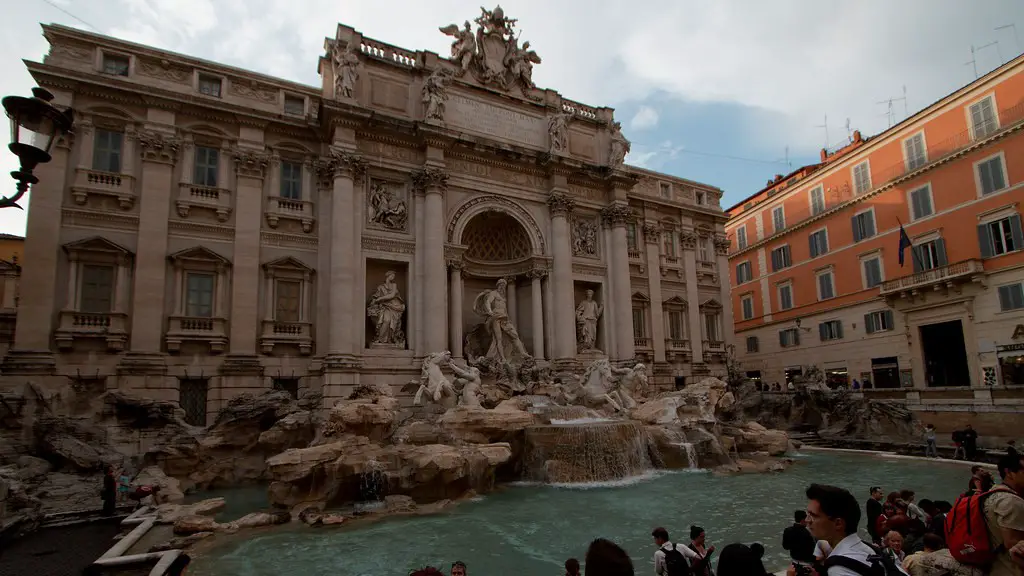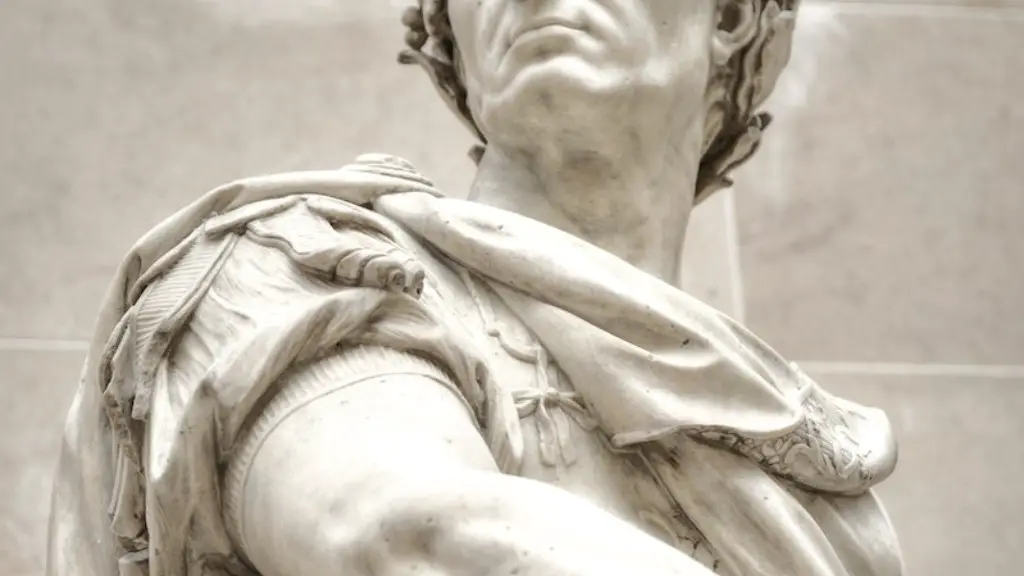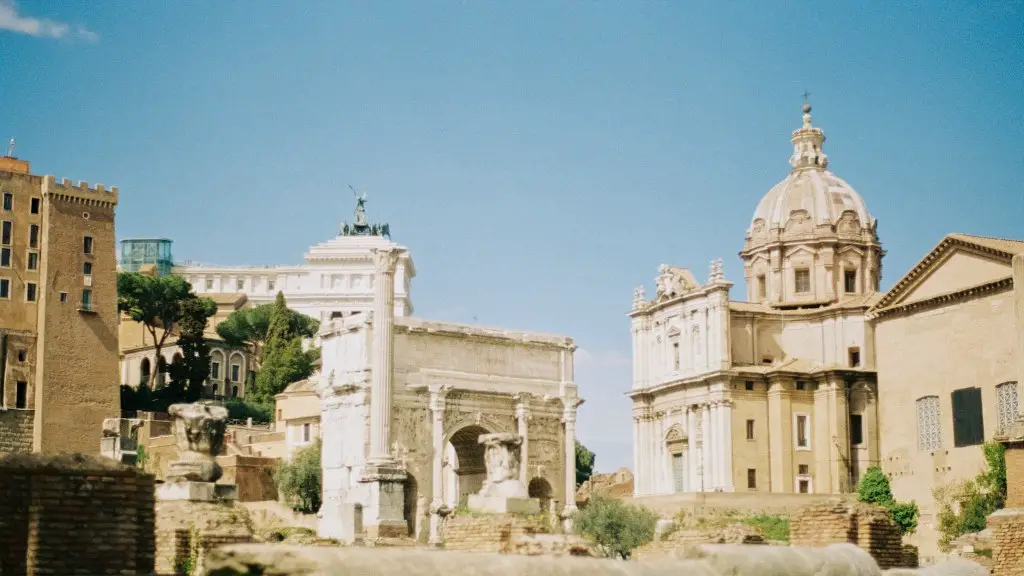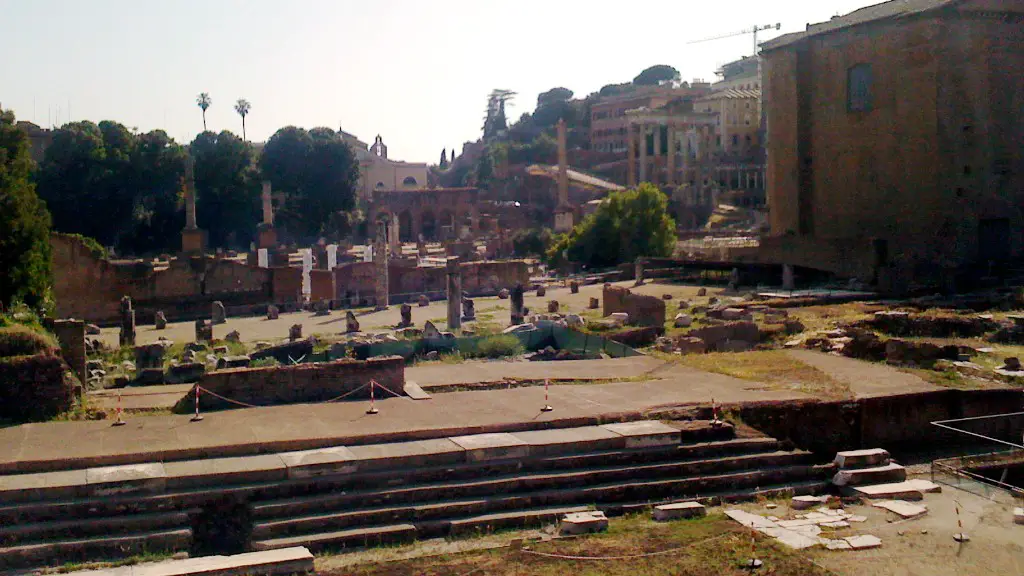From connecting far-flung settlements to enabling trade, Ancient Roman roads were a global accomplishment and integral part of life for Ancient Romans – and for good reason. As most leaders of the period inclined, the development of an extensive network of roads throughout the Mediterranean region was seen as an essential development, especially in maintaining contact with far off provinces in the empire’s rapidly expanding territory. The roads, credited for numerous social, economic, and political advantages for their time, were constructed for transport and military objectives, which also provided financial opportunities for local merchants.
The roots of Roman road building can be found in two laws, the lex Appuleia and lex Sempronia, both of which were passed in the 3rd century BC in Rome. These two laws enabled road building and required the local communities to provide all necessary materials, including labour (typically paid by tax levies). Because of their centralised control, the Ancient Romans were able to introduce new technologies and materials to construct their roads, such as concrete and culverts.
The Roman road network was so expansive and influential that vast portions of it are still in use today. It has been estimated that more than 50,000 miles of roads have been built by the Romans, and more than half of that length is preserved across Europe and North Africa. Even more impressive is that most of this length was achieved during the first century AD – a remarkable feat of engineering in its own right.
Experts agree that one of the biggest advantages derived from the construction of Roman roads was the ease of transport and communication between towns, cities, provinces, and countries. By the time of the reign of Augustus, around 200 CE, the empire was estimated to have more than 400,000 miles of road, and this tremendous infrastructure enabled roads to be built in an interconnected fashion from one town to another. Through the roads, merchants, armies and important figures could move throughout the empire more easily, ensuring more efficient trade and more efficient conquests.
The construction of roads in Ancient Rome also had a large impact on its economic success. The development of roads allowed for faster transport of goods, which resulted in improved trade networks, lower costs, and wider access to the items that were being sold all over the empire. Furthermore, the administration of taxes was simpler and more efficient with the development of roads, as large tax collectors could now move more easily between provinces and larger territories.
The significance of roads in Ancient Rome goes beyond its economic and political benefits. The roads were also important for the people themselves, providing much-needed mobility, enabling access to distant places, and reducing the level of isolation. Even today, the roads are still intact even on the most remotest of locations, reminding us of how powerful and influential the Romans were when it comes to civilization and infrastructure building.
Rise Of Cultural Exchange
The construction of Roman roads not only improved the military and economic strength of the Romans, but also facilitated the exchange of culture and ideas. This was especially true for the very first citizens of the Roman Republic, who used the roads to spread their culture and language to other Mediterranean areas. Furthermore, the Romans adopted cultural elements from other migrated groups as well as from conquered territories, using the roads as a means to integrate them into their society. Through the roads, the Romans were able to spread their culture, language, traditions, and heritage to different parts of the Mediterranean.
Tremendous Engineering Achievements
The construction of an extensive network of well-built and well-maintained roads was no small feat. This was especially true considering that the Romans only had basic tools to dig, clear, and grade the roads. The engineering prowess of the Romans is evident in their ability to build roads that were even, wide, and well-maintained. By adopting innovative methods and materials, such as hard-packed soil and gravel, the Roman roads paved the way for effective transport, communication, and transportation.
The Legacy Of Roman Roads
The legacy of the Roman roads still remains today, as evidenced by the network of modern highways that many of the countries in the Mediterranean still use. The Roman roads served as a stepping stone for future generations to improve upon and develop more complex and efficient transport and communication networks. The influence of Roman roads on modern infrastructure cannot be overstated, and their importance in the development of Western civilization cannot be overlooked.
Rome’s Role In Revolutionized Transportation
The legacy of the Roman roads was not limited to infrastructure; the Roman roads were also a major factor in the development of transportation. Before the Romans, transport was limited to people on foot, horses, or oxen. After the roads were built, carts and carriages could travel easily and safely between towns, accelerating the process of trade and transport. This transportation revolution enabled goods to reach far-off destinations at much faster speeds, creating a great benefit for the people of the Roman Empire.
Advanced Road Improvements
The Romans also pioneered innovative road improvements that helped the roads to last for centuries. Examples include cambering of the road surface (the sloping of the road to direct water off), construction of ditches to the sides of the road, addition of gravel and cobblestones, and the use of concrete for paving. These techniques enabled the roads to last for centuries, increasing the efficiency and reach of Roman society.
Increasing Library Of Knowlege
The Roman roads also helped the Romans to spread knowledge throughout the empire. The spread of books and scrolls along the roads enabled a massive surge in the Roman library, with works of literature, philosophy, and sciences that were previously only known to small groups now reaching a much wider audience through the roads. Furthermore, the Romans also used roads to exchange inventions and innovative ideas between cities, leading to a vast accumulation of knowledge all around the Mediterranean.
Creating Unity
The Romans embraced the roads as a symbol of their successes and accomplishments, and the roads further created a sense of unity for the people. The roads, connecting cities and provinces, provided a bridge between different parts of the empire, allowing a sense of commonality among them. Furthermore, it facilitated people’s contact and interactions, which resulted in the sharing of ideas and cultures, leading to the creation of a single, unified Roman identity.



